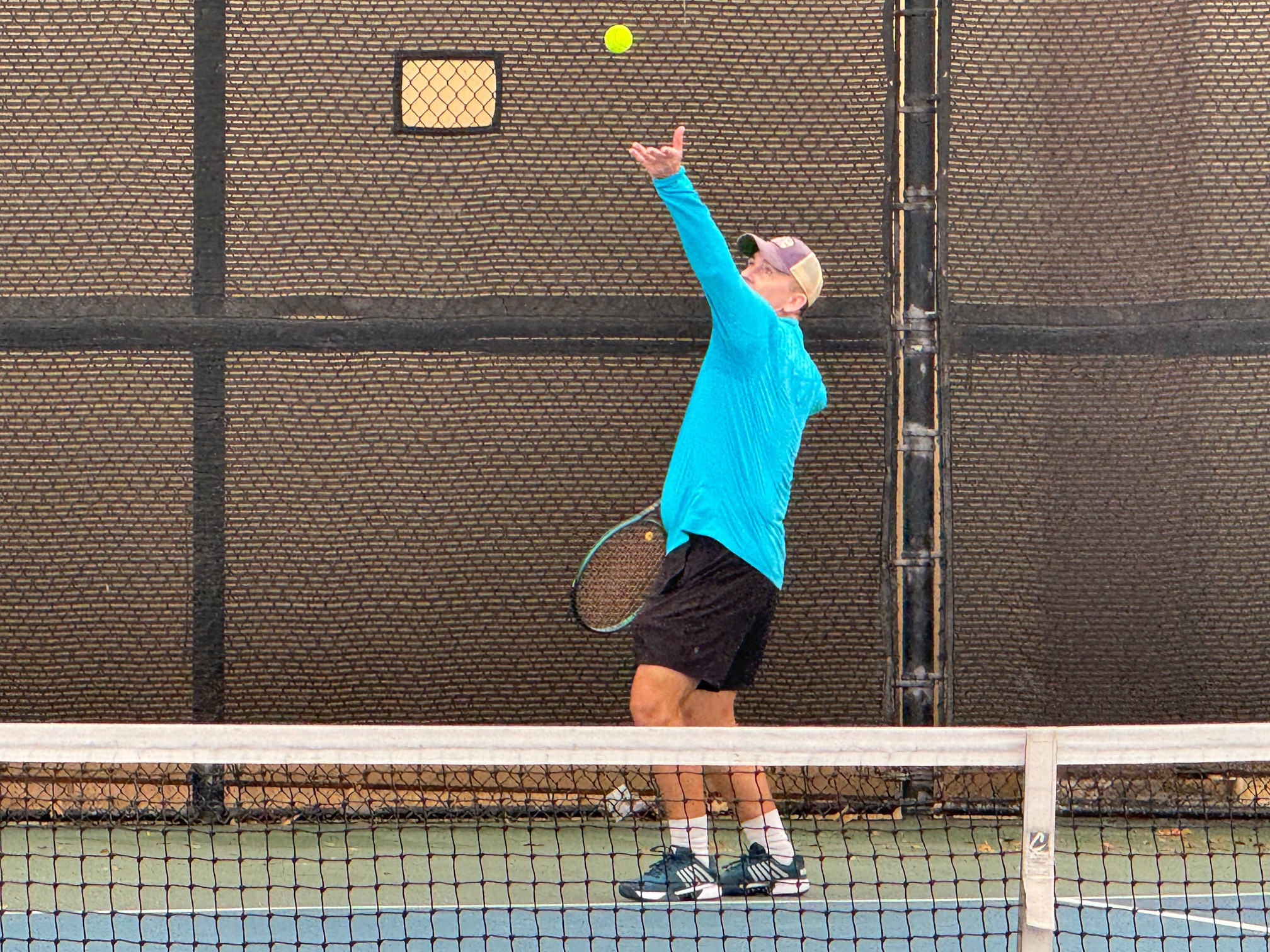Last Wednesday, I did a rules-oriented deep dive on a restriction imposed on USTA League teams in a recent local City Championship event. After that post was published, I realized that good citizenship and psychology principles created an interesting additional angle to examine. These two posts together are a prime example of how writing this blog sparks the continual evolution of my ideas and attitudes. That is to say, I am a work in progress.
The rule in question followed a general prohibition against warming up onsite. The following additional language in the letter to the Captains sent before the event began indicated that players would be penalized under certain circumstances:
NEW 7/3/2024!
Should DALLAS TENNIS Site Workers be placed in the position by players to have to ask them to leave a court on which they have chosen to take an “unauthorized” warmup, the USTA Official will be asked to assess penalty prior to the start of those players’ team’s upcoming match.
2024 DTA 18+ City Championships Captain’s Letter (excerpt)
According to the rules, the maximum penalty for violating that directive would likely be a code violation resulting in the loss of a point. If the officials onsite took any other punitive measure it would be a significant departure from what is documented in the USTA Friend at Court. Personally, I would be willing to start my match down 0-15 if that meant I was warmed up and ready to play. It’s not much of a penalty. However, that is strictly looking at this section of the Captain’s letter through a rules-oriented lens. I believe the League Coordinator’s desire is to impact player behavior rather than devising a new way to impose penalties. At least, I hope that is the case.
I suspect compliance might be higher if the desire for players to not use the courts onsite was framed as a request that explains the reasoning behind it. Specifically, when players occupy open courts, it is difficult for the site staff to get the next matches started on time. That delays play for everybody. Articulating the “why” invokes principles of good citizenship. It also lets teams know how refraining from jumping onto empty courts directly benefits them. That probably doesn’t hurt.
The first chapter of the iconic business book “Freakonomics” describes a study once performed at a daycare center where tardiness at pickup time was a chronic issue. In an attempt to correct that behavior, a new fine was imposed on the parents each time they were late. Unfortunately, rather than improving on-time performance, tardiness actually increased. As it turns out, the monetary fine was viewed by the parents as a fee for extra time rather than a penalty. When there was no fine, they felt more compelled to show up on time because they were inconveniencing the daycare center staff. That is a literal textbook example of how making consequences seem transactional can undermine the intended goal.
This same principle can be applied to the situation at hand. By framing the penalty for unauthorized warmups as a transactional cost —a point penalty — it risks players viewing that as simply the price of using the courts to warm up. In other words, the rules-based prohibition may unintentionally encourage the behavior it’s designed to prevent. Rather than seeing their actions as disruptive, players might decide that the inconsequential punishment is worth the perceived benefit of getting in solid warmup time.
Appealing to players’ sense of sportsmanship and community might be a better way to achieve the desired outcome. For me, a point penalty in this situation would be no big deal. However, I would be mortified to think I was inconveniencing the site staff through my actions. I suspect such factors might be very helpful to consider for those editing and adding to the current USTA regulations at all levels. I plan to intentionally consider the psychology perspective more in my future overthinking of the rules and regulations. It’s adds an interesting dimension.



